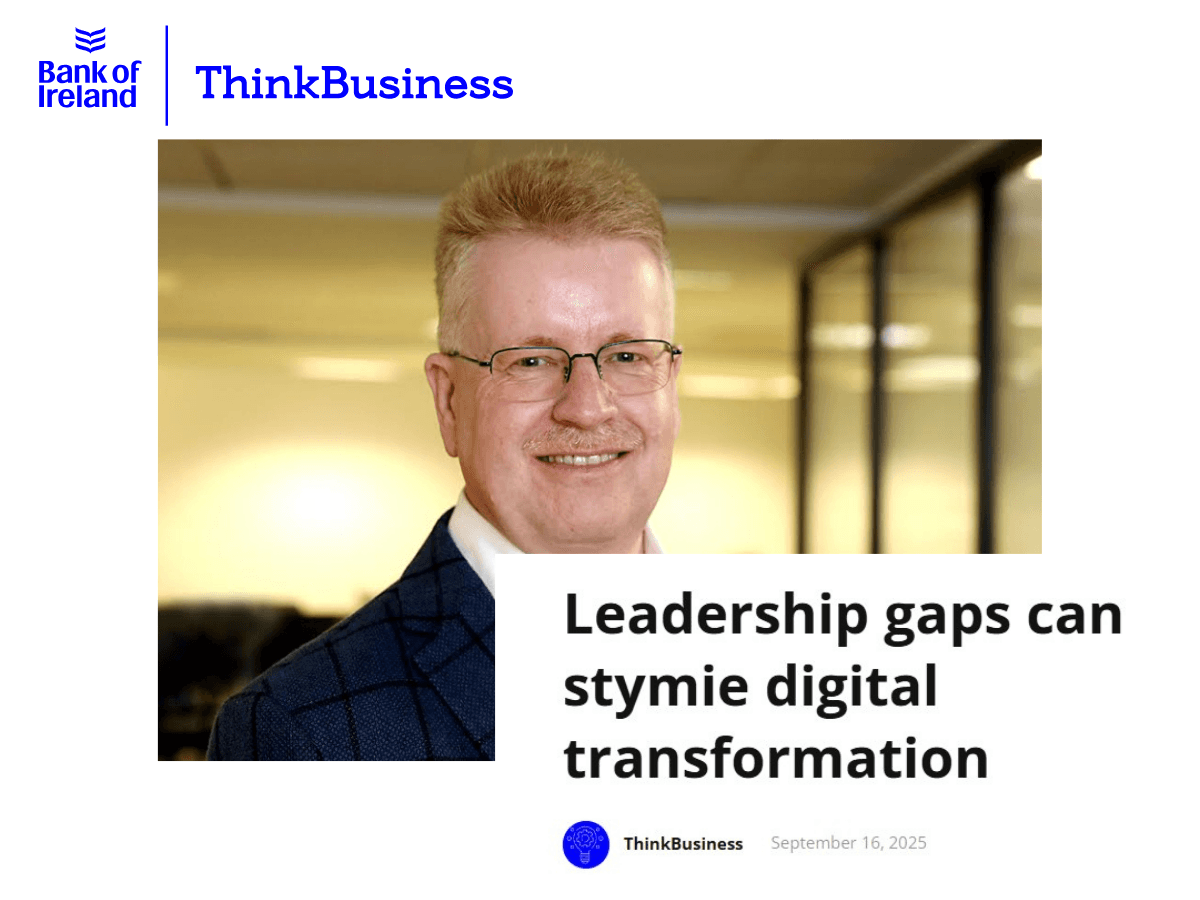At this point, digital transformation has become more about adapting and anticipating a changing world. Giving your business increasing flexibility and agility can set it up for current and future challenges while reducing the workload by offsetting the management of cloud servers and systems.
The main drivers in the space are the usual ones, those looking at their technology stack and replacing legacy systems and the cost of maintaining these systems. Moving to the cloud takes away a lot of the costs involved, something that TEKenable, which specialises in digital transformation, sees across the board.
“It comes back to what customers are looking for, which is efficiency,” Nick Connors, group chief executive of TEKenable, said. “There’s so much competition out there that even for general users, people jump to whatever place they can get the best service.”
One of the big areas TEKenable specialises in is low-code environments, an area that has continued to grow in popularity in recent years. The approach, which allows anyone to build their own app or process with little coding experience has given businesses the ability to create their own bespoke systems with limited coding knowledge.
For TEKenable, its expertise is highlighted by its recent award for ‘All-Star best in class in low code digital transformation’ by the All Ireland Business Foundation for the fifth consecutive year.
What makes low-code platforms attractive is the sheer level of functionality that comes with them. What would have traditionally required you to buy separately can now all be connected to your CRM system, ERP and other services, without having to write code.
“The level of functionality that comes with them is mind-boggling,” Connors said. “Back 20 years, we were writing hundreds of thousands of lines of code for customers, and it was a big investment just to build a functional area for a business. Now, these low-code platforms and the functionality they provide span your whole business”.
The other area that low code processes improved is how data is handled and its efficiency when sent to the cloud. What could have been just sent without much thought is now a focused process, gathering essential data and feeding it through the proper channels.
“The key shift in all these new platforms is you’re empowering the business users themselves to take charge and ownership for their processes when IT traditionally looked after all of that,” he said. “If you needed to change anything back then, you had to go to IT, whereas now the business has the power to make significant changes to the infrastructure without writing a line of code.”

That flexibility to change and adjust your programme or app to provide new functions or tweak existing ones is a powerful ability. Yet while these improvements are great news for organisations, it’s easy to forget that most businesses aren’t savvy with the terminology that comes with such advancements.
Connors brings up the example of RPAs (Robotic Process Automation) as something businesses would traditionally shy away from because the term is unfamiliar to many. Yet in one case, TEKenable placed a simplistic chatbot to help a large logistics company, taking 28 per cent of the chat volume out of its call centre.
That’s a significant volume removed as the chatbot could answer the basic questions while the call centre could address the more advanced or high-ended calls. Such a thing wouldn’t have been possible if the use case benefits weren’t broken down in an easy-to-understand way.
“For customers, the terminology can sound like it’s not for them, but when you break it down, show its simple technology, plug it in and see what happens, the results can be amazing,” he said. “If they’re not, you can modify it or switch it off.”
“Once a business sees the value, all the terminology goes out the window and they see what it can do for them.”
That’s before you even incorporate tools like AI or sentiment analysis, which helps build a clearer picture of the reception a product or service receives. By taking sources through social media, emails and conversations, the AI can look at it and determine the feedback simply, giving additional capabilities while removing the workload.
“Before, someone might ring in and complain or put up a Facebook post, but all of that is disconnected from the business itself, whereas AI is pulling that data together, analysing it and giving actionable insights so they can do something about it,” he said.
Above text is reproduced from the news article published in Business Post, on September 25th, 2022.





